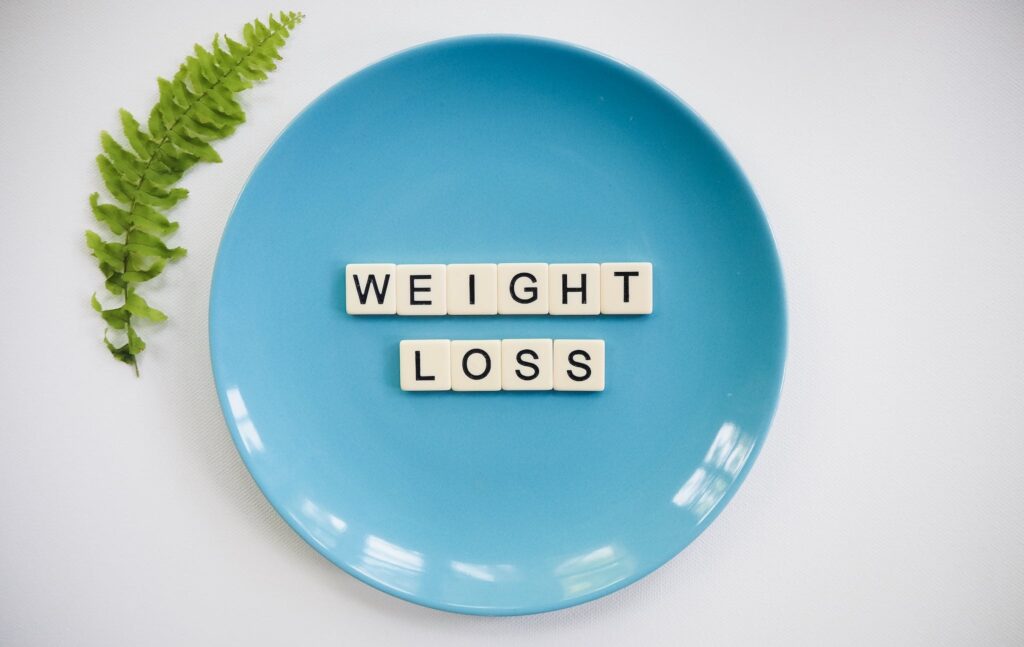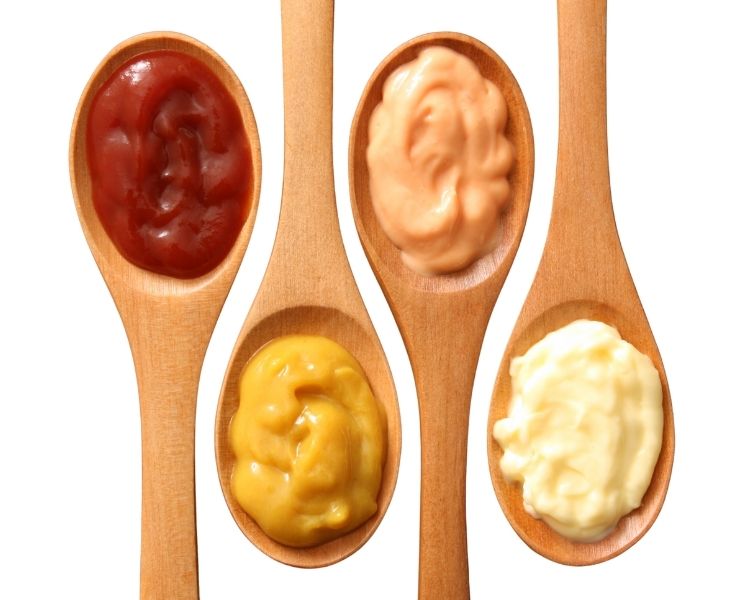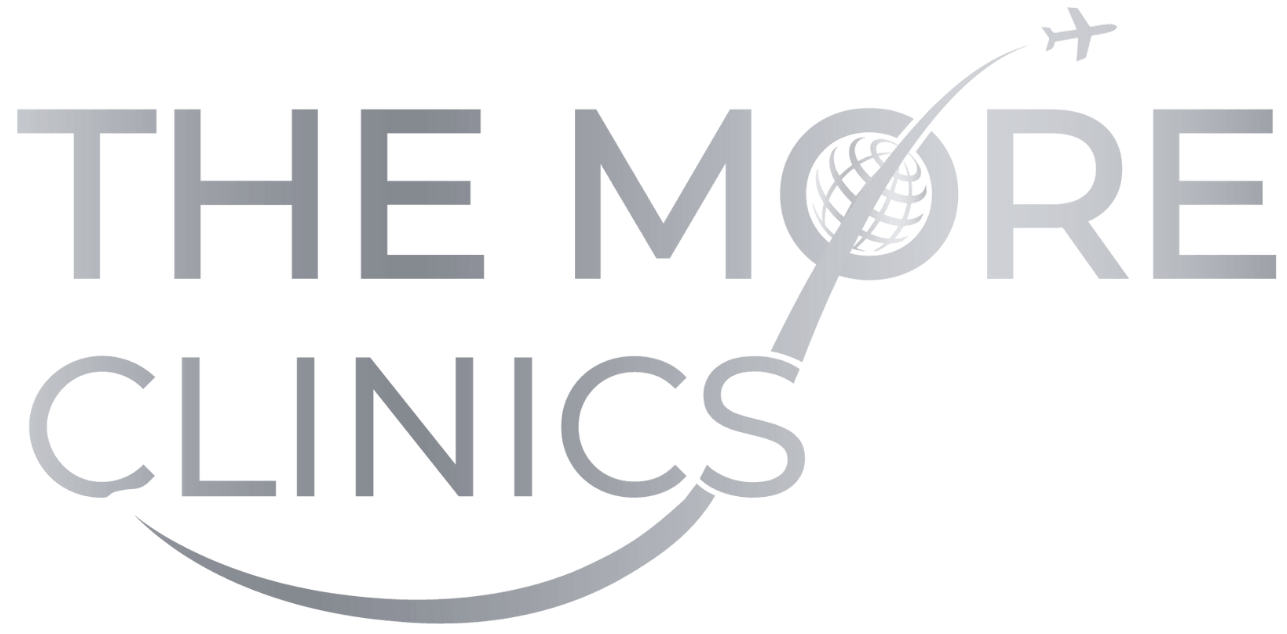How to Lose 10 Pounds in a Month
Losing 10 pounds in a month is an achievable goal when done right. But that goal may not be healthy for all. Weight loss is a journey that requires dedication, consistency, and patience. In this blog, we will discuss the essential tips from The More Clinics to help you lose 10 pounds in a month in 3 simplified Steps.

Successful weight loss relies on three pillars: healthy habits, regular exercise, and a balanced diet.
Step 1: Developing Healthy Habits
Eat Slowly!
Eating slowly allows your body to register fullness, reducing the likelihood of overeating.
To adopt the habit of eating slowly, start by taking smaller bites and chewing thoroughly. Avoid distractions like TV or smartphones during meals.
Try setting your utensils down between bites. This helps you focus on your food and gives your stomach time to send fullness signals to your brain.
Counting Calories
One of the most effective ways to control your weight is to keep track of your calorie intake. To lose weight basically, you need to consume fewer calories than you burn.
Firstly, calculate your daily calorie needs based on your age, height, weight and physical activity level. Then reduce the calorie intake by 500-1000 per day to lose 1-2 pounds a week.
Use a food diary or a mobile app to help you recognize and measure portion sizes.
Here is a basic table showing the recommended calorie intake for weight loss by The More Clinics:
These figures are estimates. Individual calorie needs may vary based on factors such as genetics, muscle mass, and level of physical activity.
Simply counting calories alone will not lead to sustained weight loss. You should combine this with healthy eating habits and regular exercise for optimal results.
Limiting Beverage Choices
Beverages like soda, fruit juice, energy drinks, and alcohol contain high amounts of calories. Avoiding sugary drinks not only helps you lose weight but also improves overall health.
Replacing these beverages with water or unsweetened tea can significantly reduce your calorie intake.

Water can also help you feel full, preventing overeating. Keep a water bottle with you to stay hydrated throughout the day. Also it’s recommended to drink a glass of water before each meal to reduce hunger and calorie consumption.
Avoiding Sauces and Condiments
Sauces and condiments may be tasty, but they often contain high amounts of added sugar, salt, and fat. These can quickly add up in calories without providing much nutritional value.
Choose healthier alternatives like herbs, spices, or homemade dressings to add flavor without adding extra calories and you can use low calorie sauces like mustard or hot sauce.

Regular and Enough Sleep
Getting enough sleep is crucial for maintaining a healthy weight. Lack of sleep can stimulate hunger hormones and lead to weight gain.
Adults should aim for 7-9 hours of sleep each night.
Establish a consistent bedtime routine and avoid caffeine and electronics before bed to promote quality sleep.
Step 2: Incorporating Exercise
Cardio for Weight Loss
Cardio exercises are great for burning calories and promoting weight loss.
Activities like walking, running, cycling, boxing, swimming or dancing can help you achieve your weight loss goal.
Try to do at least 30 minutes of moderate intensity cardio each day, or 150 minutes per week according to the Physical Activity Guidelines for Americans by the U.S. Department of Health and Human Services.
Resistance Training for Weight Loss
Resistance training, also known as strength or weight training, can help you build muscle mass and burn fat.
Having more muscle mass increases your metabolism, burning calories even at rest.
Aim for 3-4 days of resistance training per week focusing on all major muscle groups. You can use your body weight, free weights, resistance bands or machines for this type of exercise.
HIIT Exercises
High-Intensity Interval Training (HIIT) is a form of exercise that involves short bursts of intense exercise followed by periods of rest.
This type of training can be more effective at burning calories and improving cardiovascular health compared to steady-state exercises like jogging or cycling.
Add HIIT exercises to your workout routine for an extra calorie burn and a more challenging workout such as sprint intervals, jumping jacks or burpees.
DIETARY CHANGES: Fueling Your Success
Your diet plays a significant role in losing 10 pounds in a month. Explore dietary changes that can support your weight loss efforts.
Add Fiber to Your Diet
Fiber-rich foods keep you feeling full and satisfied. Discover sources of dietary fiber and how to incorporate them into your meals.
Fruits, vegetables, whole grains, beans and legumes are all excellent sources of fiber. Try adding more of these foods to your meals for a healthy and filling option.
The Institute of Medicine Dietary Reference Intakes recommends a daily fiber intake of 32 grams on average.
Cut Back on Processed Foods
Processed foods are often high in calories, unhealthy fats, and added sugars. They also tend to lack essential nutrients like fiber, vitamins, and minerals.
Limit your intake of processed foods and focus on whole, unprocessed foods for a healthier diet.
List of Common Processed Foods
- Fast Foods: Burgers, fries, pizzas, fried chicken, and hot dogs fall under this category.
- Packaged Snacks: This includes chips, cookies, crackers, and candy.
- Canned Foods: Canned soups, meats, and vegetables often contain added preservatives.
- Frozen Foods: Ready-to-eat meals, pizza, and desserts are usually high in calories and low in nutritional value.
- Processed Meats: Sausages, bacon, ham, salami, and hot dogs are processed meats.
- Breakfast Cereals: Many cereals are high in added sugars.
- Instant Noodles and Soups: These are often high in sodium and lack essential nutrients.
- Sugary Drinks: Sodas, energy drinks, and pre-made coffee drinks often contain high levels of sugar.
- Pre-packaged Baked Goods: These include cakes, pastries, and bread that often contain trans fats and high amounts of sugar.
- Processed Dairy Products: Ice cream, cheese products, and flavored yogurts often contain added sugars and preservatives.
While it’s not necessary to completely eliminate these foods from your diet, limiting their consumption can significantly contribute to maintaining a healthy diet and weight.
Eat a High Protein Breakfast
Starting your day with a protein-packed breakfast can kickstart your metabolism.
Protein has the added benefit of promoting satiety, curbing unnecessary snacking and preventing overeating during the day. This, in turn, can help reduce the risk of obesity.
Aim for at least 20 grams of protein in your breakfast meal.
Eggs, Greek yogurt, whole grain toast with nut butter, and protein shakes are all excellent options for a high protein breakfast. Combine them with fruits or vegetables for added nutrients and flavor.
Eat More Vegetables
Vegetables are low in calories and high in nutrients. Learn creative ways to increase your vegetable intake.
Try adding vegetables to your meals in a variety of ways, such as incorporating them into soups, stir-fries, sandwiches, or even blending them into smoothies.
Choose a variety of colorful vegetables for maximum nutritional benefits and flavor.

Recommended Daily Servings of Vegetables
- Leafy Greens: 2 cups (raw) or 1 cup (cooked)
- Cruciferous Vegetables: 2 cups (raw) or 1 cup (cooked)
- Red and Orange Vegetables: 2.5 cups (raw) or 1.25 cups (cooked)
- Beans and Legumes: 2 cups (raw) or 1 cup (cooked)
- Starchy Vegetables: 3 cups (raw) or 1.5 cups (cooked)
In addition to aiding in weight loss, vegetables also provide essential vitamins, minerals, and antioxidants that can improve overall health, reduce risk of having obesity.
Eat Fewer Refined Carbs
Refined carbohydrates can contribute to weight gain.
Foods like white bread, pasta, sugary snacks and drinks, and processed breakfast cereals are high in refined carbs. They lack essential nutrients and can cause blood sugar spikes, leading to increased hunger and cravings.
Opt for whole grains instead of refined carbohydrates for a healthier choice. Whole-grain bread, brown rice, quinoa, and oatmeal are great sources of complex carbs that provide sustained energy and essential nutrients.
Intermittent Fasting
Intermittent fasting is an eating pattern that can help with weight loss. This approach involves cycling between periods of fasting and eating within a set time frame.
Research shows that intermittent fasting can help reduce calorie intake, improve metabolic health, and promote weight loss.
However, it’s essential to speak with your healthcare provider before starting any fasting regimen.
Popular Intermittent Fasting Methods
- 16/8 Method: Eat within an 8-hour window and fast for the remaining 16 hours.
- 5:2 Diet: Eat your regular diet for five days and restrict calorie intake to 500-600 calories on two non-consecutive days.
- Alternate-Day Fasting: Fast every other day (24-hour fasting period).
FAQs
- Is losing 10 pounds in a month safe?
Rapid weight loss can be pose risks and may not be sustainable long-term. It’s important to consult with a healthcare professional before starting any weight loss journey. - Can I still enjoy my favorite foods while trying to lose weight? Yes, it’s possible to incorporate your favorite foods in moderation into a healthy diet. The key is balance and portion control.
- Can I indulge occasionally during this weight loss journey?
Occasional indulgences are okay, but moderation is key. Avoid frequent splurges that can hinder your progress. - How can I stay motivated throughout the month?
Set achievable goals, track your progress, and seek support from friends or a fitness community to stay motivated. - Are cheat days acceptable?
Occasional cheat days can be incorporated if they help you stay committed to your long-term goals. Just be mindful of portion sizes. - Do I need to follow a specific diet plan for this weight loss goal?
There is no one-size-fits-all diet plan. Focus on creating a calorie deficit and making healthier food choices. - Can I continue these habits after reaching my goal weight?
Absolutely! These habits can support long-term weight management and overall health.
Last Words from The More Clinics
Targeting to lose 10 pounds in a month may not be healthy and realistic for everyone. It’s important to prioritize overall health and well-being over a specific number on the scale.
Consult a healthcare professional before starting any weight loss journey, and remember that slow, sustainable changes are key for long-term success.
Stay committed, stay motivated, and always listen to your body’s needs. You’ve got this! Best of luck!
Related Post: How to Lose Weight Fast
GET A FREE CONSULTATION!
Let’s Start Planning Your Treatment %100 Guarantee Results.






